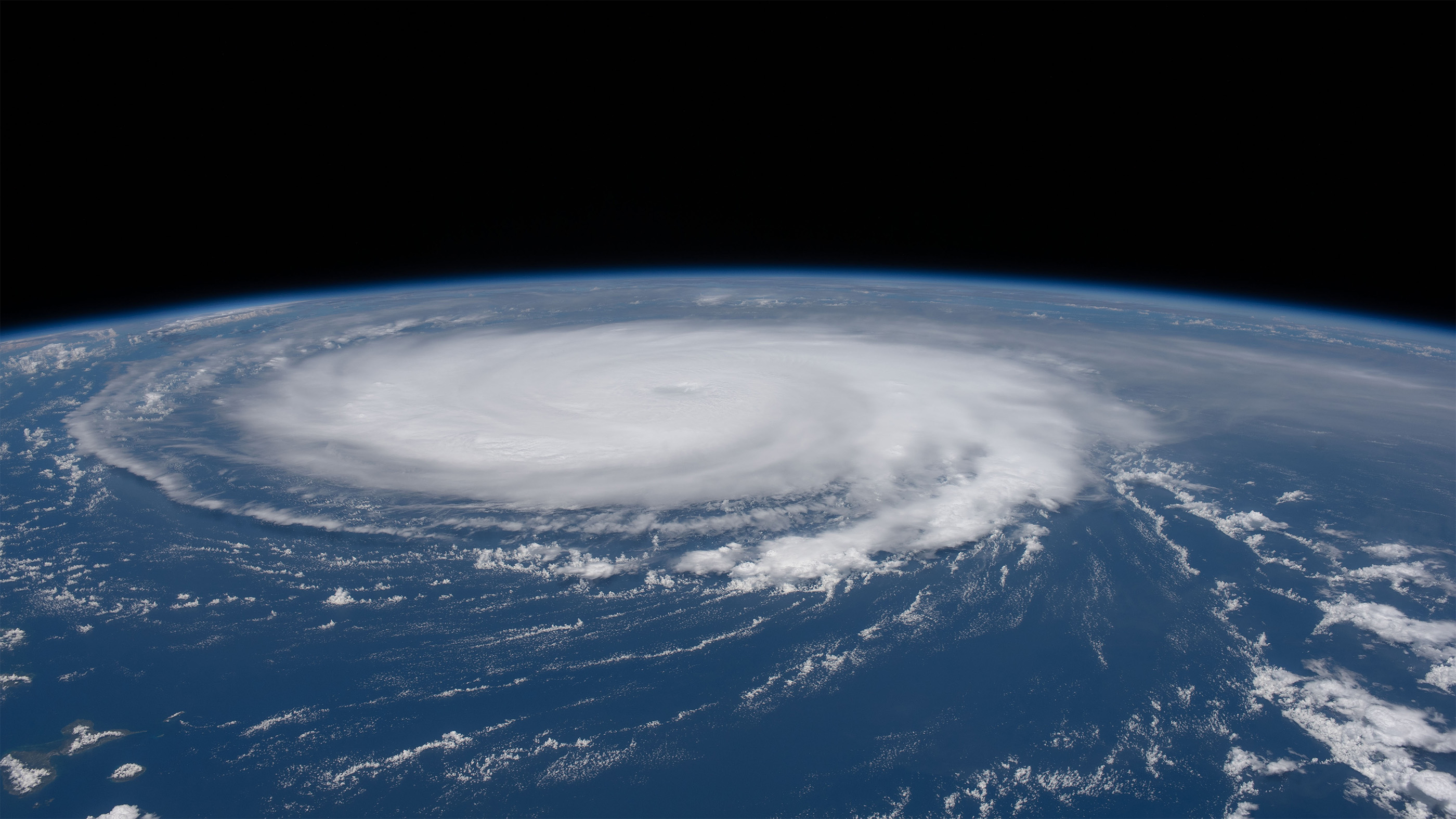We may need a new 'Category 6' hurricane level for winds over 192 mph, study suggests
Scientists argue that adding a Category 6 to the hurricane scale will be needed as the climate changes.

Five categories may not be enough to convey the power of hurricanes that occur in a warming world, new research finds.
The current scale for communicating hurricane risk, the Saffir-Simpson Wind Scale, categorizes storms using wind speeds. The mildest category, Category 1, involves wind speeds between 74 and 95 mph (119 to 153 km/h), while the strongest, Category 5, involves wind speeds of 158 mph (254 km/h) or higher.
Warm ocean temperatures strengthen hurricanes because the storms pull moisture more easily from warmer oceans. This means both more rainfall and stronger winds when storms make landfall. As ocean temperatures increase and feed stronger hurricanes, it may be necessary to add a Category 6 to describe storms with winds of 192 mph (309 km/h) or higher, researchers said Feb. 5 in the journal PNAS.
"Our motivation is to reconsider how the open-endedness of the Saffir-Simpson Scale can lead to underestimation of risk, and, in particular, how this underestimation becomes increasingly problematic in a warming world," study co-author Michael Werner, a climate scientist at the Lawrence Berkeley National Laboratory, said in a statement.
The scientists first looked at wind speeds in hurricanes between 1980 and 2021, tracking trends over time. They found that five storms had winds of over 192 mph, and that all five of those storms occurred in the nine years before 2021.
The researchers then conducted simulations to see how future warming might affect hurricanes and their Pacific Ocean iterations, typhoons. They found that the risk of a typhoon with winds over 192 mph increases by 50% near the Philippines with 3.6 degrees Fahrenheit (2 degrees Celsius) of warming above pre-industrial temperatures. This is the temperature threshold that signatories to the 2015 Paris Agreement pledged not to cross; it's uncertain when the mercury will rise that high.
In a world warmed by 3.6 F, the risk of a storm with more than 192 mph winds would also double in the Gulf of Mexico, the researchers found. The Philippines, Gulf of Mexico and Southeast Asia were most at risk of getting these "Category 6" storms.
Get the world’s most fascinating discoveries delivered straight to your inbox.
The Saffir-Simpson Winds Scale is also limited by its focus on wind speeds, whereas storm surge and flooding can be a major danger to life and property during tropical storms, hurricanes and typhoons, James Kossin, a climate scientist at the University of Wisconsin, said in the statement. A Category 6 would not address that issue but might bring awareness to the increased risk from storms overall under a warming climate, he added.
"Our results are not meant to propose changes to this scale, but rather to raise awareness that the wind-hazard risk from storms presently designated as Category 5 has increased and will continue to increase under climate change," he said.

Stephanie Pappas is a contributing writer for Live Science, covering topics ranging from geoscience to archaeology to the human brain and behavior. She was previously a senior writer for Live Science but is now a freelancer based in Denver, Colorado, and regularly contributes to Scientific American and The Monitor, the monthly magazine of the American Psychological Association. Stephanie received a bachelor's degree in psychology from the University of South Carolina and a graduate certificate in science communication from the University of California, Santa Cruz.


